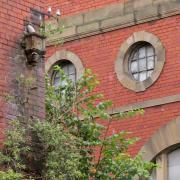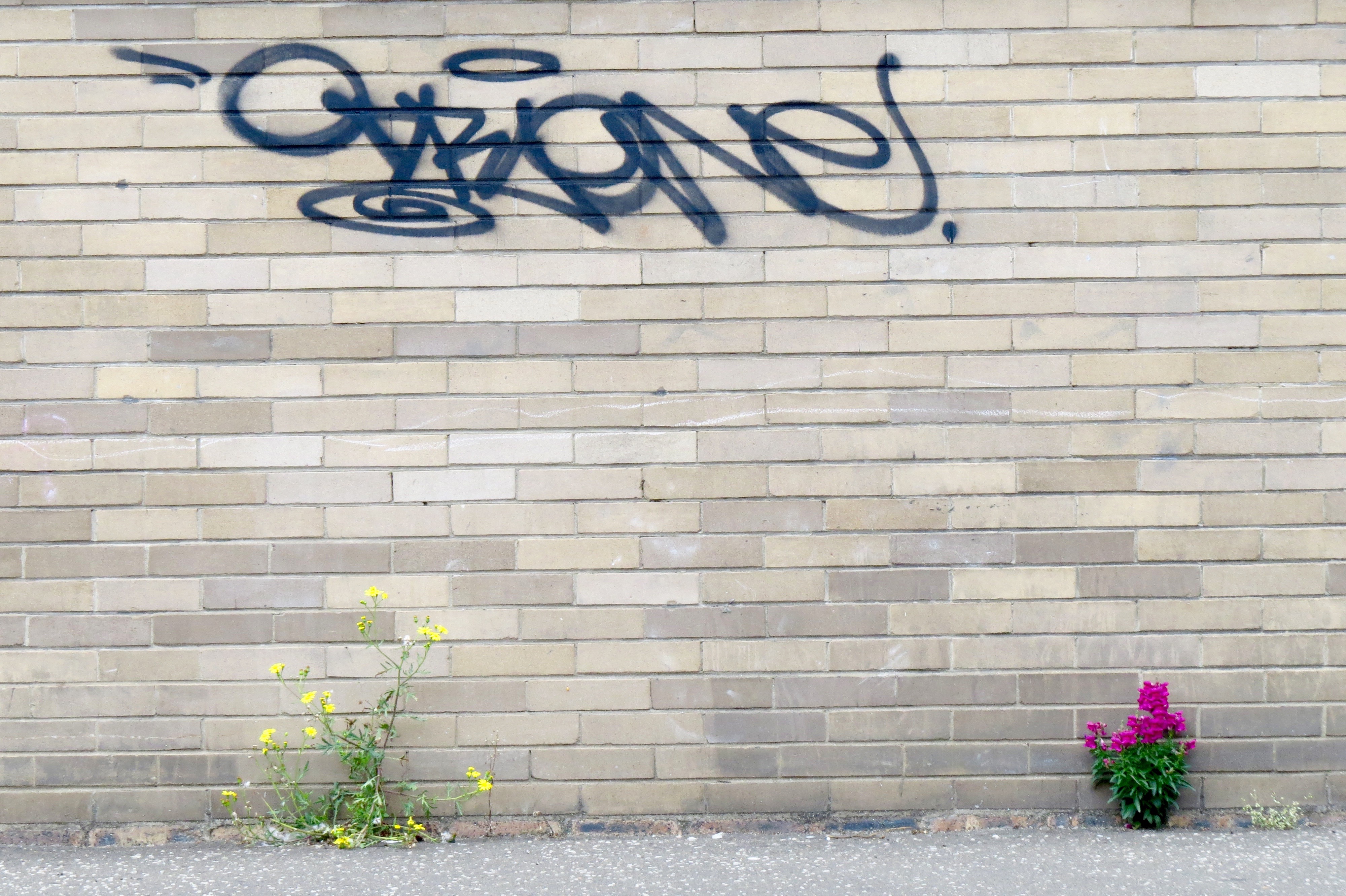
DRYDEN STREET, TERRACE, GAIT
Dusk’s belated tryst with the summered street. Lamplight exhaled onto listless setts, shadows soothed into quietude. Behind a lambent veil, the fathomless black and torpid whites of the night Unbounded.
The metropolis as mirror of the Manifold, a micro-cosmos of bright and dark matter. In the north Edinburgh constellation, a rare binary system: the New Town and Leith, neighbouring worlds with a common centre of mass.
I approach in daylight from the west, delivered from McDonald Road’s clamorous valediction into Dryden Terrace, a close-cropped stretch straightened by the fire station’s grey brick spine.
Urban din segues here into displaced songs of a summer meadow. Ahead, the bridge and vigilant sodium sentry. I follow a builder’s hard hat onto its short span stretched over steel rails: No Man’s Land. This is the system’s core, the meeting of two world views.

Underneath, the clack and grumble of the daily waste train. Above, today at least, condensed threat. Edinburgh as late 20th-century Berlin, prisoners exchanged between East and West: our own Glienicke Bridge over the train track’s rubbish-strewn Havel River.
Onwards, towards Shrubhill Tramworks’ sightless eyes. A left at this deserted border post’s locked green gates, and descent, undetected, into Dryden Street. Into Pilrig, slouching towards Leith.

I pause here, before crimson decay and look north towards Dryden Gait’s ghostly modernity. The juxtaposition is awkward. The depot’s wizened countenance possesses wisdom and a profound sense of place. Young neighbours are tumbleweeds, rootless and frangible.
Universal Friendship League. Does it sit here, amidst decaying splendour and streetcar dreams? The graffito is unforthcoming.

Alienation here comes pale blue. Its thoughts and aspect are directed towards the distant South, an end-of-terrace shining Mediterranean light on the grey sandstones of discontent. A window poster shouts YES. Yes to the cooked earth and limpid sky of a Tuscan summer.
Perhaps it espies a fellow traveller across the street. The corner shop’s atavistic deep blue stands in contrast to the overlit despondency of many modern rivals: an attractive coda to the convenience and comforts of a foreign country.

The street declines politely towards Leith. There is a pleasing lack of polish here, a slight shabbiness that isn’t unattractive. Only towards the eastern limit is the effect somewhat marred by buildings whose genesis owes more to sophistry than artistry.
Two splendidly rusted tram poles, erstwhile suppliers of a feeder route, are fading avatars of municipal know-how. Later, they became gas lamps to serve the Pilrig nocturne, and burn now with flame unseen, gatekeepers to paths no longer trodden and a past almost forgotten.


In the end, Dryden Street is an enigma, perhaps a paradox. The looming tramworks imbues the space with a simultaneous sense of precariousness and stability. This industrial monolith defines the thoroughfare: its fortunes and, perhaps, its downfall.
May it rest undisturbed beneath the northern sky, foliage sprouting freely over red-brick cast. It is a monument to a different city, and an asset to this one. —David Hill